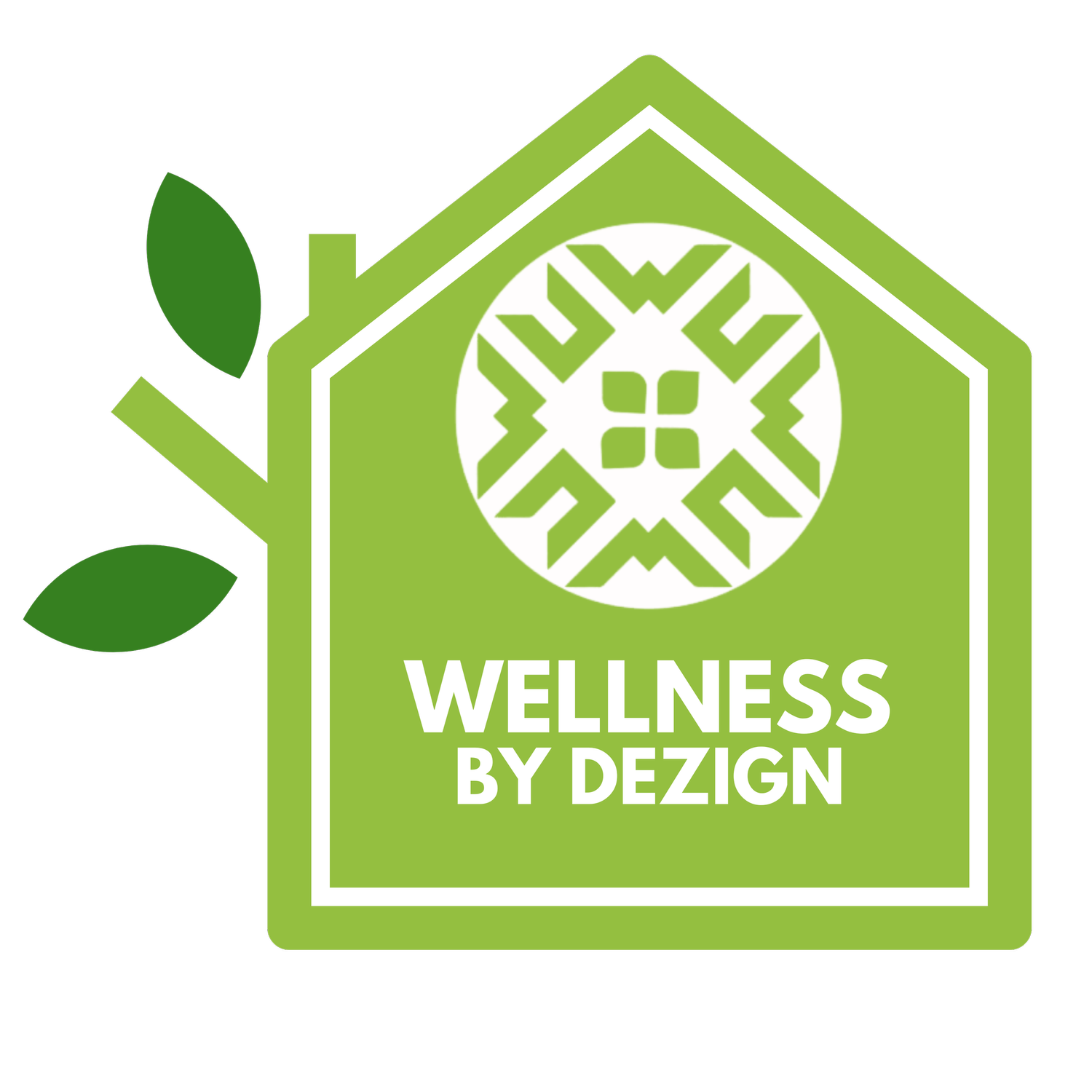Mold Prevention is Paramount
There are at least SIX types of mold that pose a danger to human health. Preventing mold from forming is paramount!
Mold in bathrooms and kitchens is a common headache for homeowners. But fear not! With a few preventative measures, you can keep mold at bay and maintain a healthy living environment.
Mold thrives in damp, humid environments, making bathrooms and kitchens prime targets. It loves to hide in corners, behind appliances, and under sinks. Mold on walls and surfaces can be easily avoided with air circulation from a ceiling fan which costs pennies a day to run.
Adding a biocide, herbicide or fungicide to products to prevent mold (i.e. adding 3-Iodo-2-propynyl butylcarbamate to interior paint) poses a serious danger to human health so its worth it to spend the energy to run a ceiling fan.
Simply running a ceiling fan can prevent mold growth.
8 Simple Tips to Prevent Mold & Mildew
Keep It Dry. Proper ventilation is key to preventing mold growth. Use exhaust fans during and after showers and cooking to remove excess moisture. Invest in a good quality exhaust fan in bathrooms, kitchens and even laundry areas where moisture is highest.
Air Movement. Ceiling fans when used in conjunction with air conditioning will keep mold spores from growing. Ceiling fans also help save on energy bills by reducing the load on your heating and cooling system - thus helping you save money! A typical ceiling fan runs between 50-80 kWh which costs a few pennies a day, or a dollar a month.
Seal Grout and Caulk. Grout and caulk in bathrooms and kitchens can harbor moisture and mold. Seal them regularly to create a barrier against water intrusion.
Clean Regularly. Keep surfaces clean and dry to prevent mold spores from taking hold. Use a mild detergent and water solution to clean countertops, tiles, and other surfaces regularly.
Use naturally Mold-Resistant Materials! When building or renovating, make sure to opt for safe, mold-resistant materials such as mold-resistant drywall and flooring to reduce the risk of mold growth.
Monitor Humidity Levels. Keep humidity levels in check, ideally between 30-50%. Consider using a dehumidifier in areas prone to high humidity, such as bathrooms and kitchens. I recommend owning a simple digital hygrometer in various areas in your home.
Maintain Proper Drainage. Ensure that water drains away from your home’s foundation to prevent moisture buildup.
Address Condensation. Condensation on windows, walls, and pipes can contribute to mold growth. Use insulation and proper ventilation to reduce condensation.
Preventing mold in bathrooms and kitchens requires diligence and proactive measures. By keeping your spaces dry, clean, and the air well-ventilated and circulated, you can minimize the risk of mold growth and enjoy a healthier home and family for years to come.
Design well to live well!
Kitchens are notorious for having mold so keep it dry and well-ventilated.



